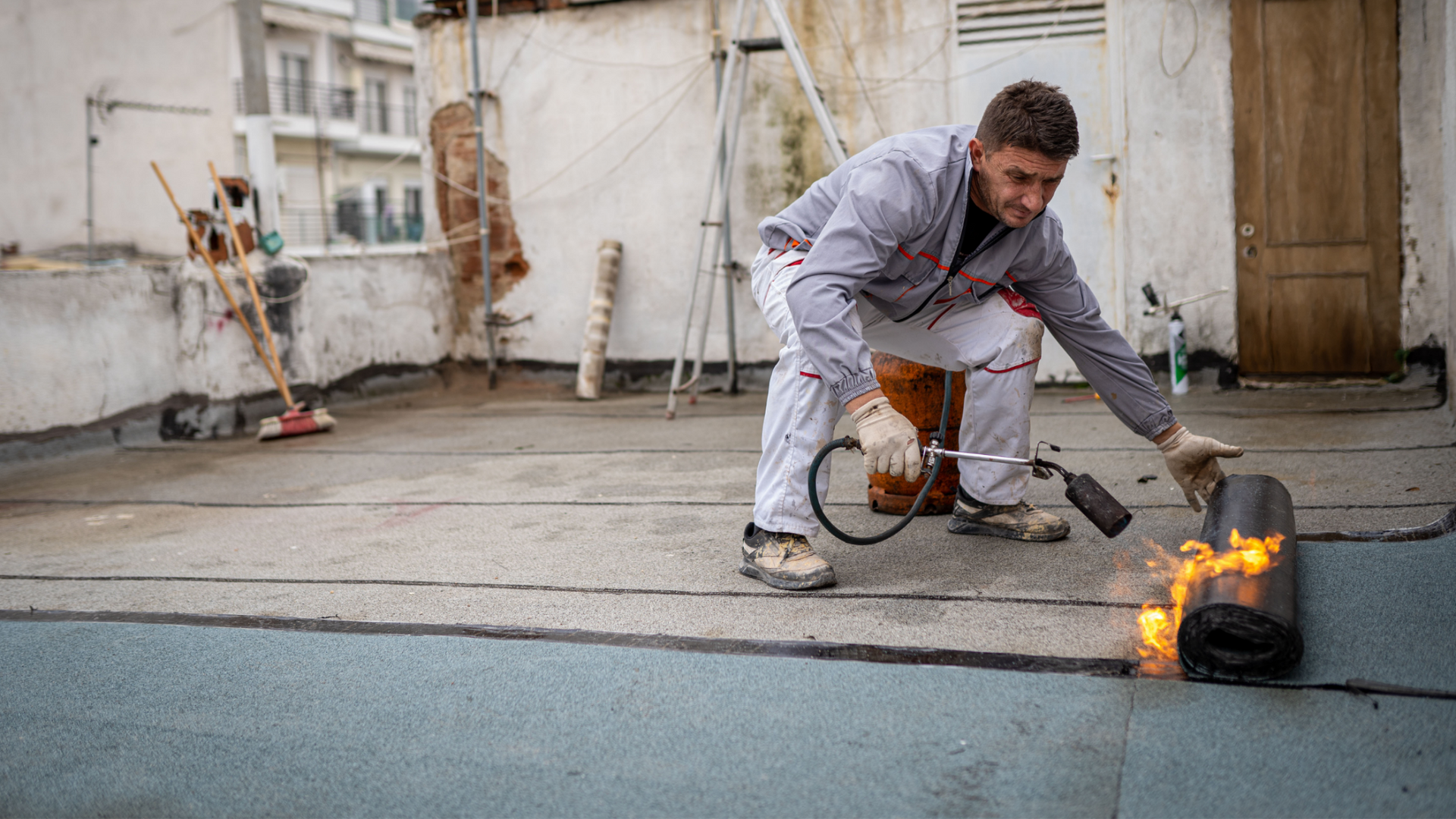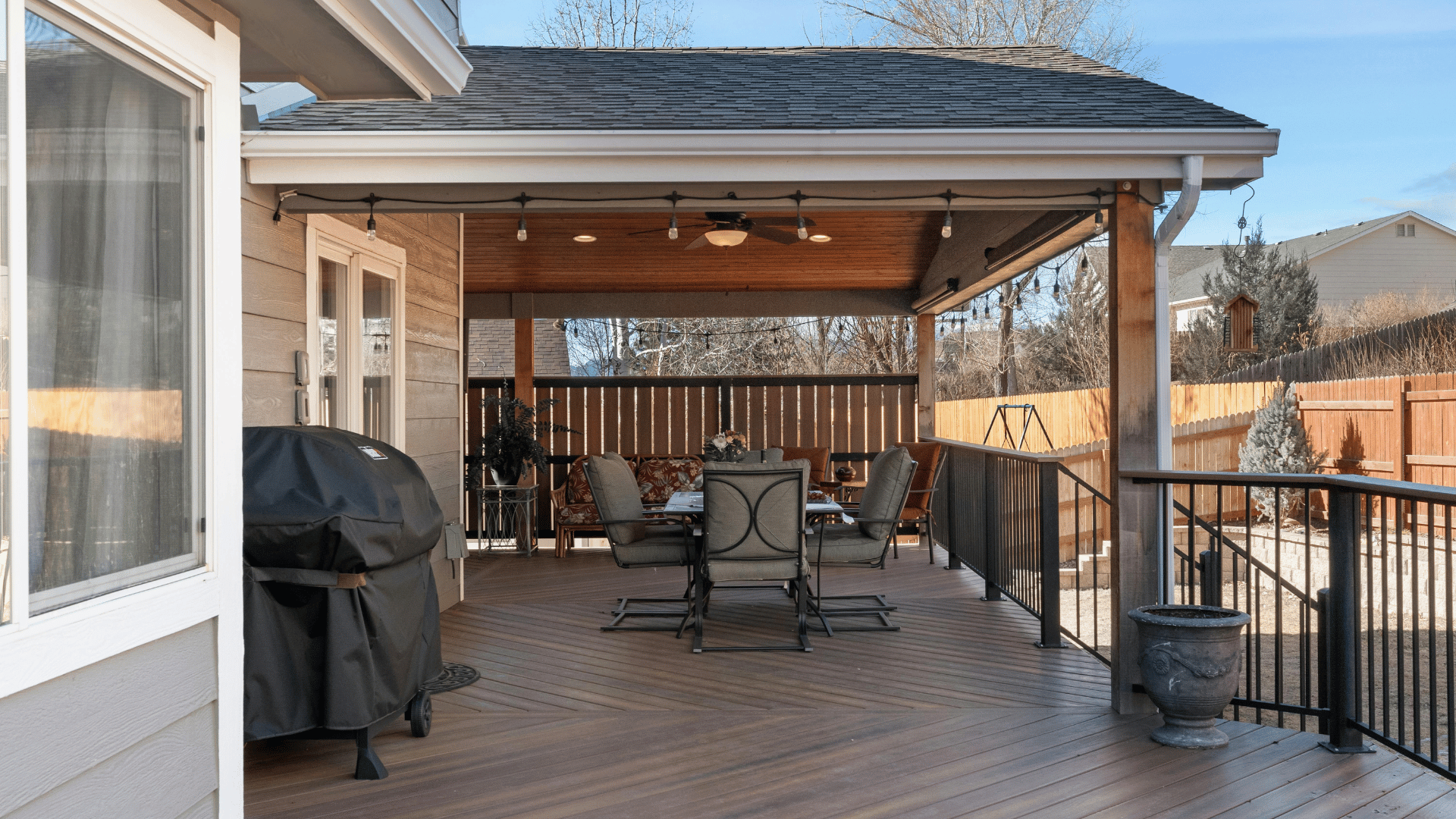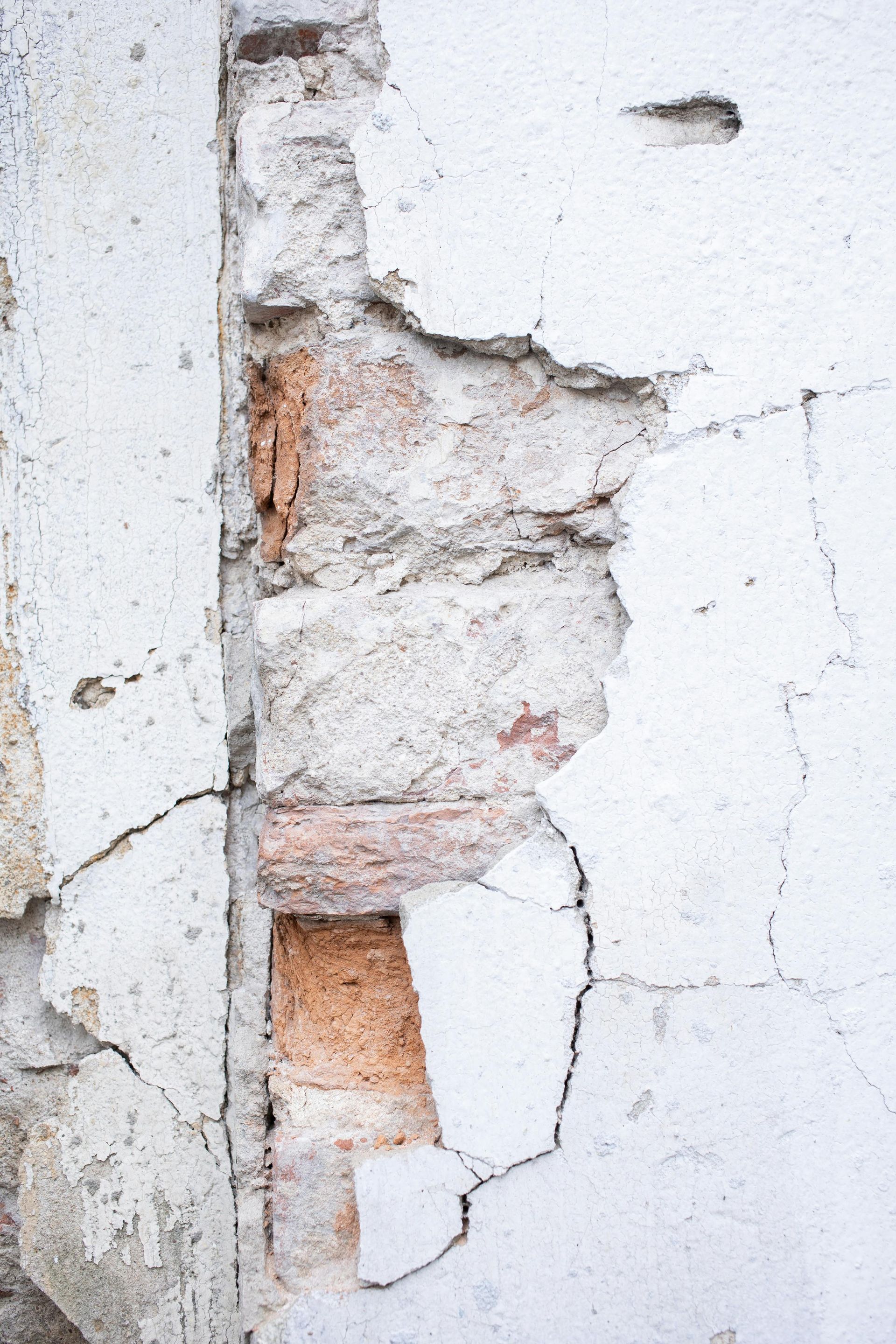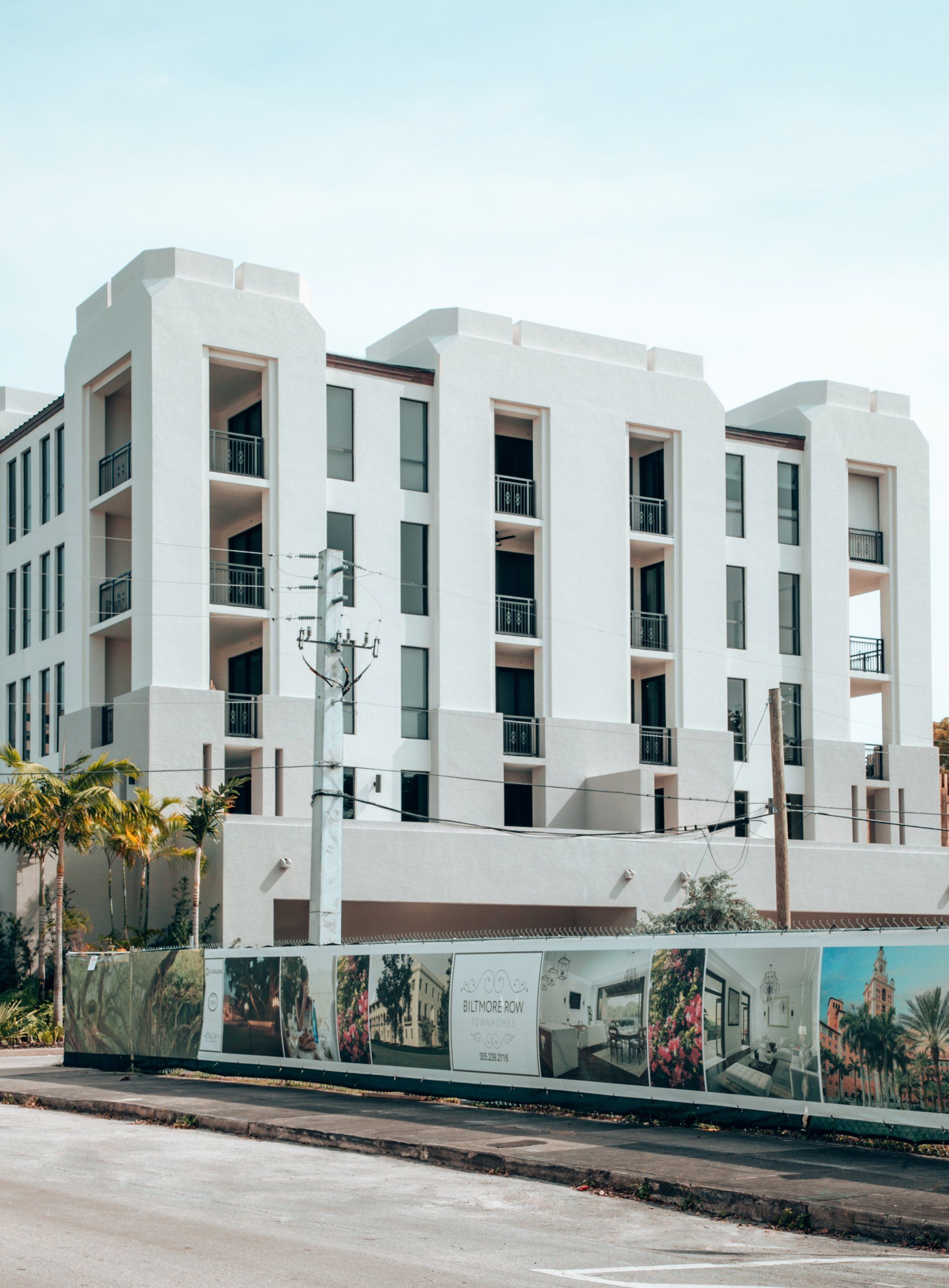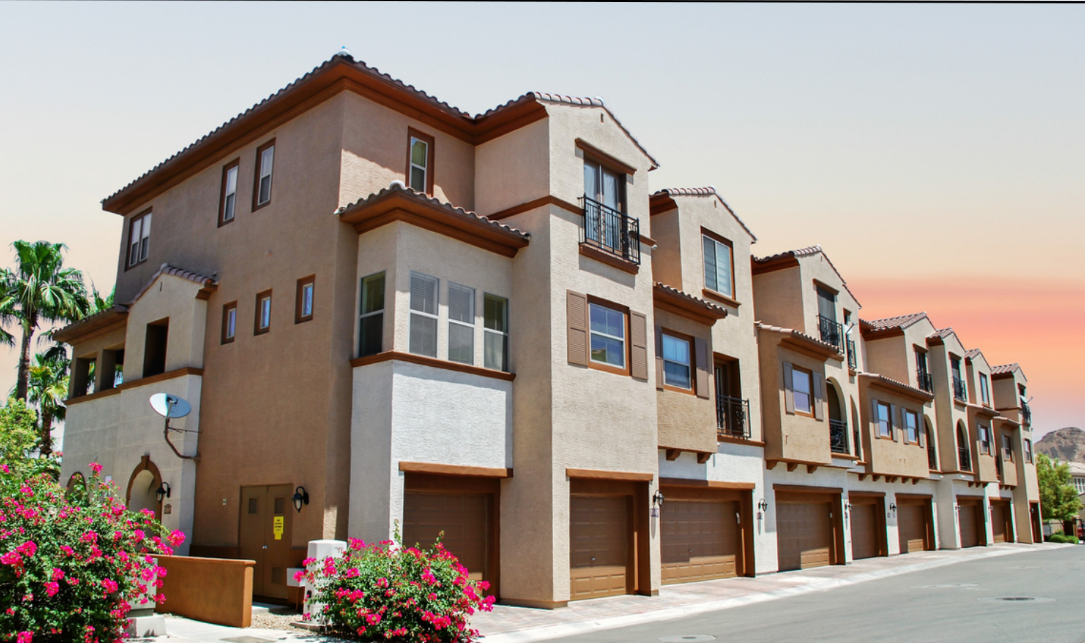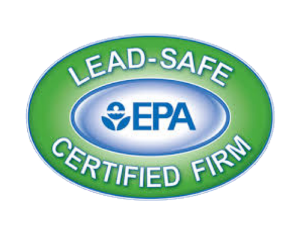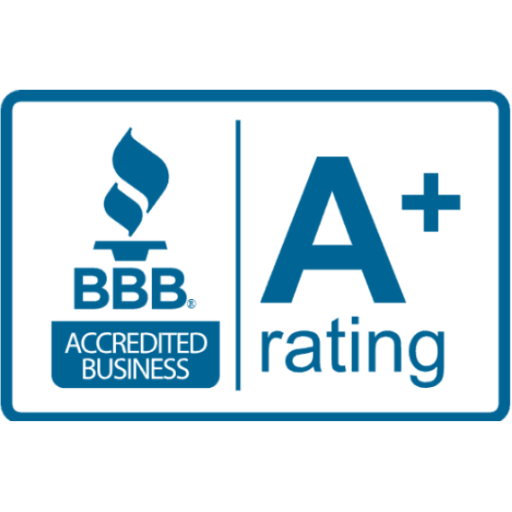How to Choose the Right Paint for HOA Properties
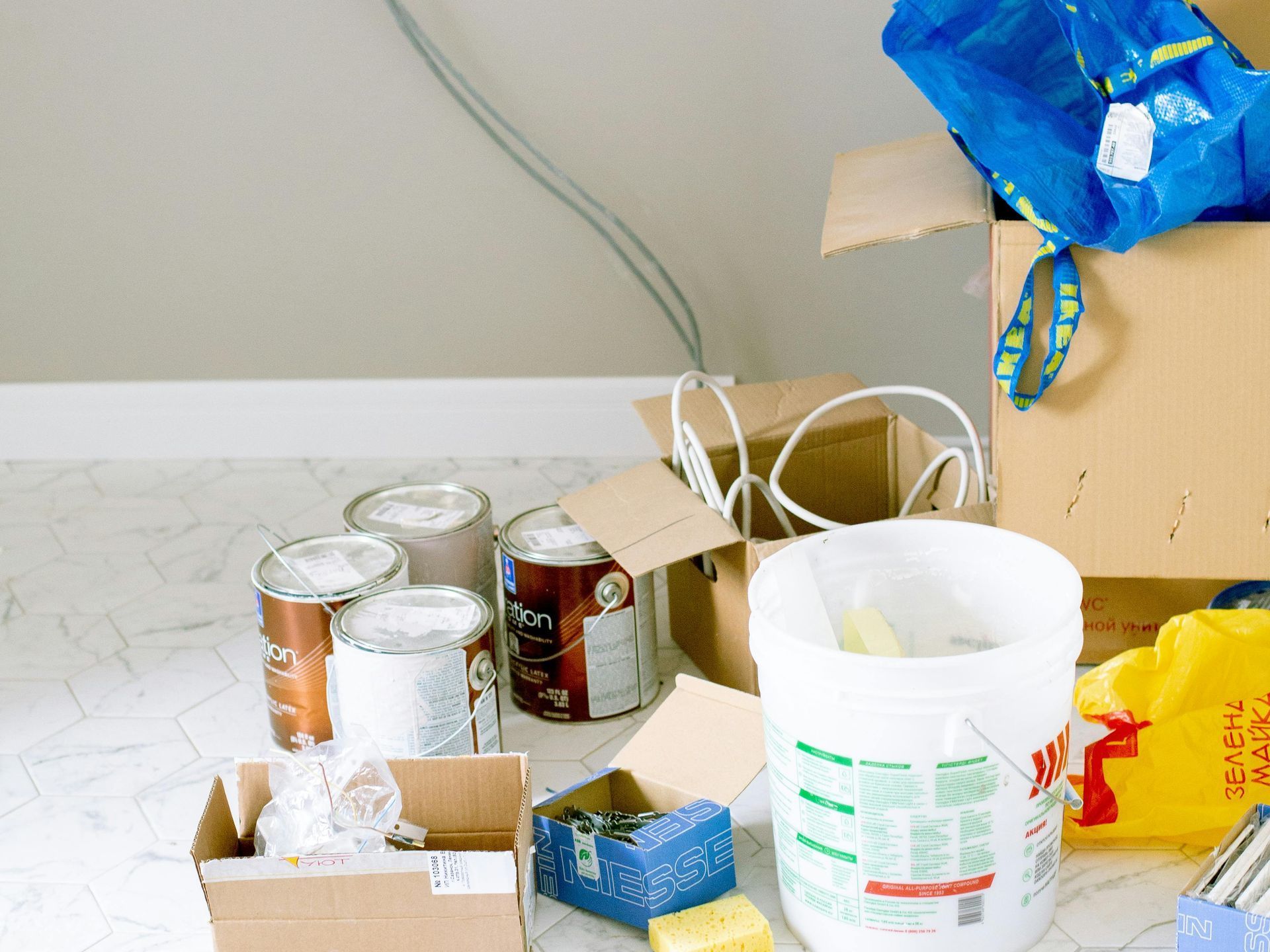
Choosing the right exterior paint for your home is a big decision, especially when you live in a community governed by a Homeowners Association (HOA). It's not just about what looks good. Your color choices need to align with the community's rules, long-term maintenance cycles, and aesthetic standards.
This complete guide helps you navigate the HOA painting process, from understanding the rules to hiring a qualified contractor.
Know the Rules: HOA Compliance and Approval
Before choosing a color or hiring a painting contractor, review your HOA’s Architectural Guidelines. These rules are often outlined in the Design Standards or CC&Rs (Covenants, Conditions & Restrictions) and typically include:
- Approved colors for body, trim, shutters, and doors
- Permitted color combinations (e.g., contrasting trim)
- Allowed finish types (e.g., flat, satin, low-sheen)
- Whether pre-approval is required before painting
Most HOAs require a formal Architectural Review Committee (ARC) submission, which usually involves:
- Paint swatches with the manufacturer and color codes
- A layout or explanation of where each color will be used
- Timeline and contractor information
Skipping this approval process can lead to fines or forced repainting. According to Shaker Painting, painting without written approval is one of the most common and expensive mistakes homeowners make.
Think Big Picture: Community Aesthetics Matter
HOAs are serious about visual harmony—and for good reason. Approximately 75.5 million Americans, or 28.2% of the U.S. population, live in communities governed by homeowners associations (HOAs), condominiums, or cooperatives. With so many homes clustered together, uncoordinated paint colors can quickly create visual chaos. While your home doesn't have to look identical to the one next door, its color scheme should complement the overall neighborhood style.
Start by observing which color combinations are already in use. Avoid choosing the same hues as your immediate neighbors, and check whether your HOA enforces spacing rules to prevent color repetition on attached or adjacent homes. Also, consider how your chosen paint interacts with permanent features like brickwork, stone accents, and landscaping.
Adhering to the community’s visual standards doesn’t mean giving up creativity. Even within a defined palette, there’s often room to express your personal style without stepping outside the bounds of HOA expectations.
Stick to Neutrals and Timeless Choices
Most HOA communities lean toward neutral and classic colors. These shades tend to age gracefully, fade less noticeably, and appeal to a wider range of buyers if you ever plan to sell.
Common HOA-friendly color choices include:
- Light grays, beiges, and off-whites
- Warm taupes and browns
- Soft blues and sage greens
- Charcoal or dark gray for trim or accents
Not sure what’s trending?
Sherwin-Williams and Behr release exterior color palettes yearly. The 2025 trends point toward warm neutrals, earthy greens, and low-sheen whites, which work well for both traditional and modern homes.
Check out Sherwin-Williams' Color Forecast, which highlights trending and timeless combinations approved for many HOA projects.
Prioritize Quality and Durability
Paint is not just about looks—it’s about protecting your home from the elements. That’s especially important for communities in climates with extreme heat, humidity, snow, or wind. HOAs often follow repainting cycles ranging from 5 to 10 years, so durability matters.
When choosing paint, look for:
- Exterior-grade, weather-resistant formulas
- UV protection for sun-exposed surfaces
- Mold- and mildew-resistant products for coastal or humid regions
- Surface-specific paints for stucco, wood, or brick
Lighter colors can help reduce heat absorption, which is helpful in warmer climates. In areas with strong winds or dust, mid-tone shades tend to hide debris and wear better than very light finishes.
Use Visual Tools and Color Mock-Ups
Color decisions can feel overwhelming, especially when you're trying to stay within the boundaries of HOA regulations. Visual planning tools can make the process easier by allowing you to preview how color combinations will look on your home. These tools often let you:
- Upload a photo or use a model home to test color combinations
- Experiment with different body, trim, and accent pairings
- Understand how elements like lighting, roofing, and landscaping affect how colors are perceived
Some paint suppliers or contractors may also offer physical paint mock-ups or test patches that allow you to see the selected colors directly on your property before full application. This step can help confirm that the chosen hues meet both your personal preferences and your HOA’s expectations.
Prepare a Paint Specification and Scope
If you're working with a professional contractor, ask them to provide or follow a detailed paint specification. This document outlines:
- Approved paint products and finishes
- Number of coats to apply
- Surface preparation steps (e.g., priming, caulking)
- Substrate-specific instructions (wood, stucco, metal)
- Application methods (spray, roll, brush)
This ensures every contractor you request a bid from is quoting the same scope of work, which helps you compare prices more accurately.
Don’t Skip the Pros
Hiring a professional with HOA experience will save you time and help avoid compliance issues. These people understand the submission process, color limitations, and neighborhood expectations.
A reputable contractor should:
- Recommend pre-approved color schemes
- Assist with or handle ARC paperwork
- Coordinate with HOA timelines
- Deliver consistent, code-compliant results
EmpireWorks is a trusted provider of HOA painting and reconstruction services. With a deep understanding of the unique needs of community associations, EmpireWorks delivers end-to-end project management that minimizes disruption and maximizes consistency across properties.
They specialize in working with HOAs across the country, offering:
- HOA-specific project management
- Color consultations and renderings
- Professional job walks and bid coordination
- High-quality paint applications that align with architectural standards
EmpireWorks is an ideal partner for associations seeking streamlined communication, quality assurance, and reliable compliance with painting cycles.
Stay on Schedule with HOA Painting Cycles
Most HOAs require repainting every 7 to 10 years to keep homes looking sharp and protected. Boards often send reminders or organize community-wide efforts to simplify the process.
Joining group projects can save money through bulk pricing and ensure color consistency across homes. Coordinated schedules also reduce disruption. Check with your HOA about upcoming repainting plans. If you need to repaint sooner, get approval from the Architectural Review Committee (ARC) to stay compliant and avoid last-minute issues.
Be a Good Neighbor
Even with HOA approval, it's courteous to inform nearby residents before work begins. Giving neighbors advance notice promotes goodwill and helps avoid complaints that could delay your project
This is especially helpful when:
- Painters will block driveways or sidewalks
- You share walls, fences, or utilities
- Pets or kids might be affected by noise or paint odor
Conclusion
Painting an HOA property requires more planning than a typical residential job, but it doesn't have to be a hassle. When you understand the rules, respect the aesthetic of the community, and work with the right professionals, your new paint job will not only look great but keep you well within the lines of compliance.
If you're not sure where to begin, start by requesting your HOA's design guidelines. From there, reach out to a licensed contractor who understands HOA rules and can help you navigate the process smoothly. A little research upfront saves a lot of repainting later.
For expert help from professionals who specialize in HOA painting projects, contact EmpireWorks.

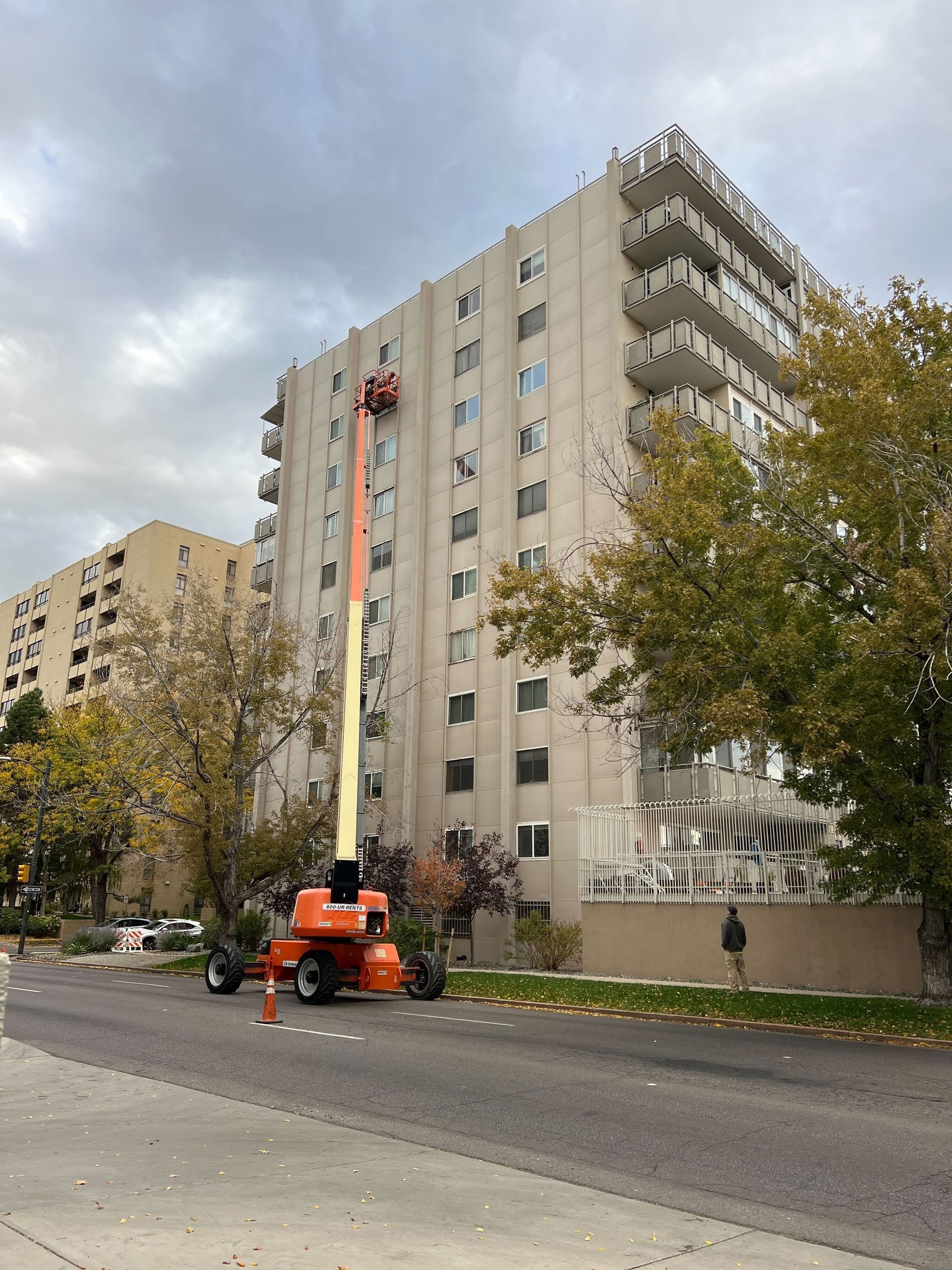


EmpireWorks Reconstruction Launches Top-Tier Reconstruction Services to Middle Tennessee Communities
